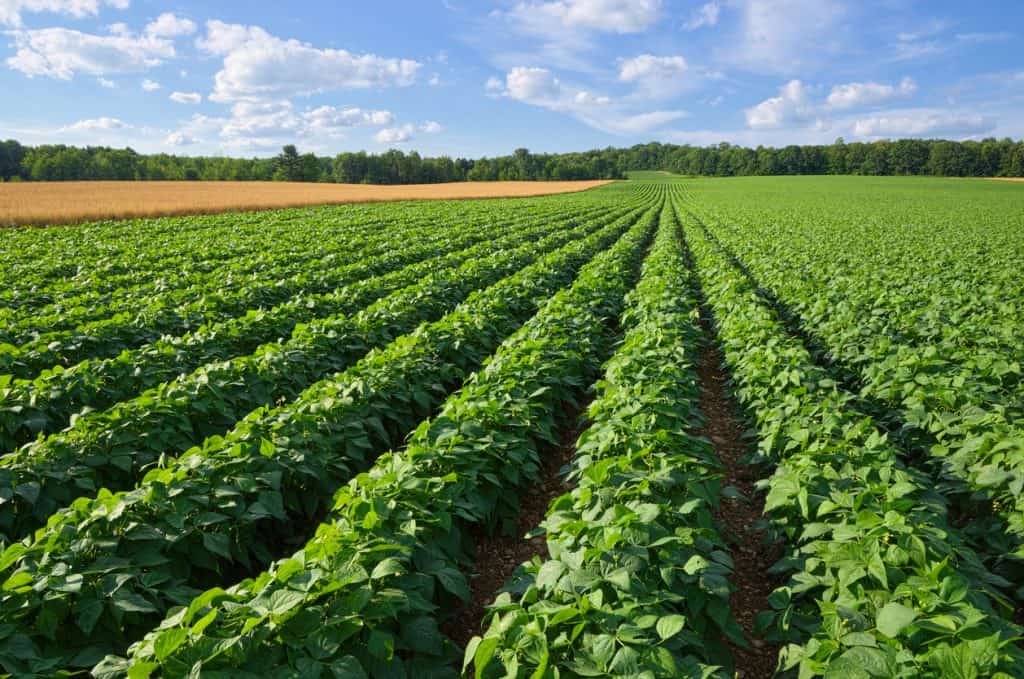Weather and seasonal changes can affect the potato crop in different ways.

The texture or what the potato is like when you cook it, can be quite variable. Weather, climate and soil can have a dramatic effect on the how a potato will cook. For example, a Southland grown potato may be very waxy, whilst a Pukekohe grown potato may be only slightly waxy. Flavour can also vary. Similarly, there can be variances if the season is wet and cold compared to a dry, hot growing season.
At different stages in the season a potato can be quite different. For example, one type of potato early in the season (October) is a ‘new’ potato and could be quite waxy. As the potato gets older, it may be a good general purpose potato, whilst towards the end of the season when a lot more of the natural sugars have converted to starch, it could be floury. So at the beginning of the season, it is a perfect boiling potato making great salads, and by the end of the season it is brilliant for roasting or mashing. Not all potatoes may show such a range of characteristics.
This can make it quite confusing for you when selecting a potato to get a consistent end product, so we always encourage you to buy potatoes, which have been packaged according to end use, or how they will cook. That way you can be assured that they will cook how you want them to.


